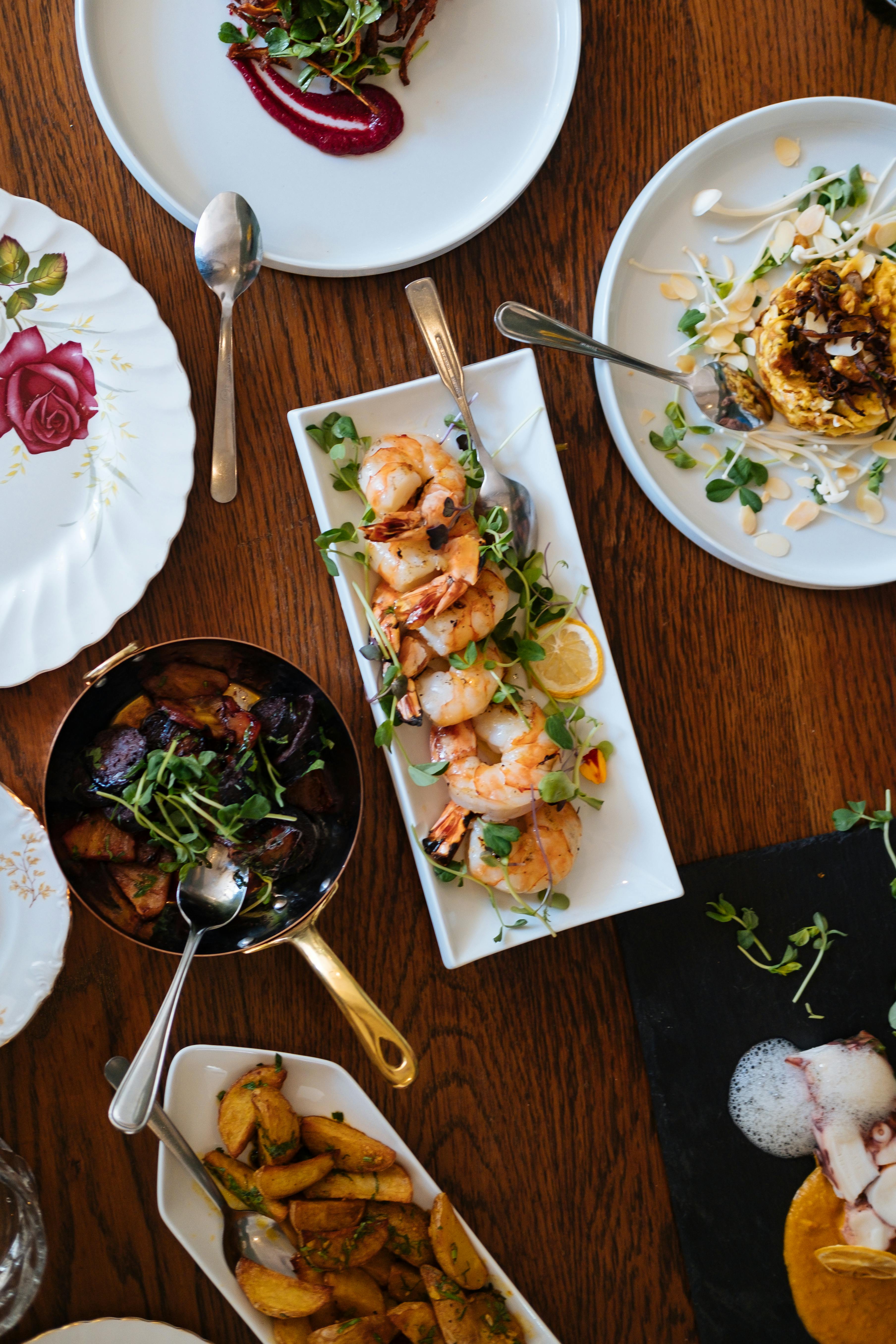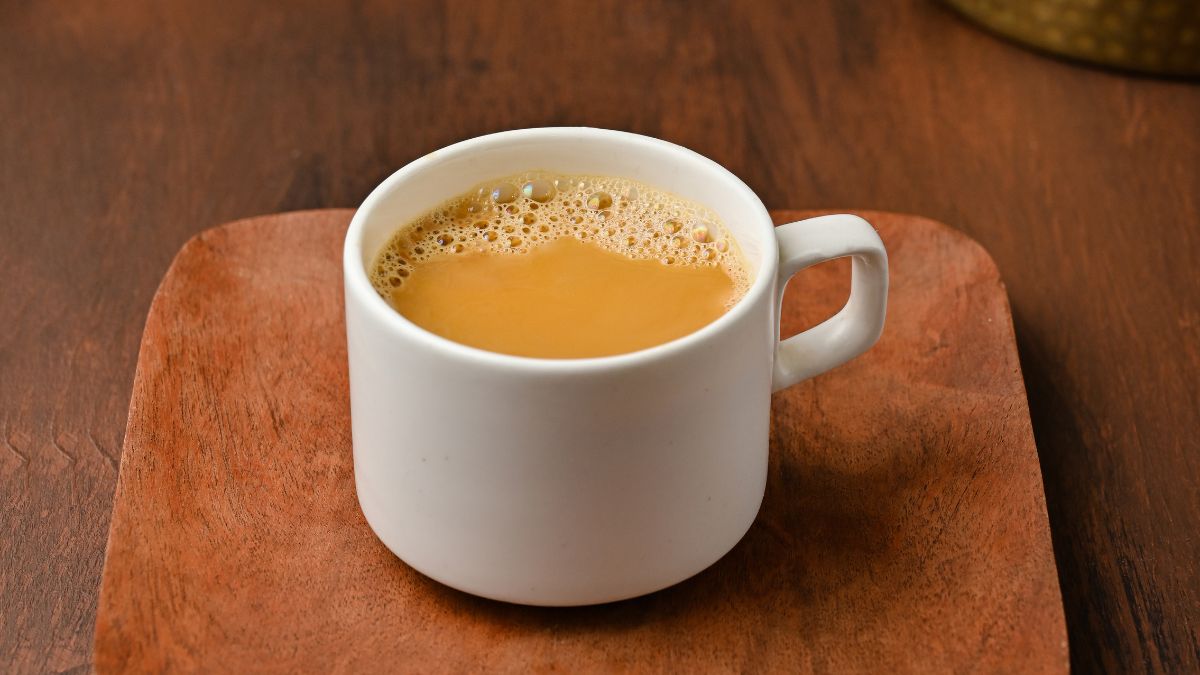It was a warm summer night somewhere in the year 1984, when a request to make French Toast was made by my late uncle, who loved how my aunt made it for him. Bantul, as would be my name for him (and his for me) was a jovial fellow who loved the simple pleasures of life, and one of them was the egg. As my mother was about to go to the kitchen to fix him a snack, or "jolkhabar", as we would call it, he simply instructed, "please dip the bread in the omelette batter and fry it up till its crisp." My mother didn't know that the recipe had come into my uncle's notice through my aunt, who had received it from her mother, my grandmother, or my mother's very own mother-in-law. Said mother-in-law had learned it from her sister-in-law, my boromaami dida, Rajlakshmi Devi, a prolific author of her age. Armed with these simple instructions and good quality mustard oil, Ma had climbed two flights of stairs to the kitchen, turned on the heat of the tiny stove, and had proceeded to deep fry soggy bread in mustard oil, which my uncle had eaten without a single complaint, since it had been served by his favourite sister-in-law.
To me, the savoury French Toast, dim pauruti bhaja, or eggy bread, is a life hack that most people should know. Unlike its sweet counterpart, this doesn't require milk or sugar, and uses oil instead of butter for the frying. You can throw in some finely chopped herbs, or capsicum and tomato as well, if you want to make this look better, and feel less guilty about eating fried food. You can also serve this with an assortment of condiments. Like a philistine, I would dunk the fried slices of bread in a concoction of kasundi, ketchup and chilli sauce, and ask my mother to put extra chillies in my toast, which, when deep fried, would be crunchy hot crisps that would complement the crisp edges of the toast. Ma would slice the bread into triangles so that they would fit better while cooking and also get crispy rather quickly. She would also cook them over medium-low heat, flipping only when one side would be dark golden brown. So, when I first ordered French Toast and got soft, eggy toast covered in syrup, imagine my absolute astonishment at that.
(Also Read: Make These French-Toast Sandwiches For A Sinful Sunday Brunch)

French toast is a popular breakfast meal.
It is said that French Toast didn't really originate in France, but was first mentioned by the Romans. Apicius had, in de Coquenaria, written about "another sweet" dish, which would simply involve the following steps: "Break fine white bread, crust removed, into rather large pieces, then soak in milk and beaten eggs, fry in oil, cover with honey and serve." In medieval French cooking, Viandier of Taillevent had a recipe of Tostees Dorees or Golden Toast, where the author creates golden toast through the following process:
"To make Golden Toasties, take hard white bread and slice it in squares and roast them together on the grill, and have yolk of beaten egg ready and wrap them very well in it, and have good healthy hot fat ready. Brown them in it on the fire as long as they are nice and well browned and then put them in a plate to serve." This version effectively doesn't have any sugar or salt, so we assume it is served as a dish that's supposed to be eaten as part of a meal. The egg yolk would lend a yellow colour to the bread as well as a richness that's associated with gold. The essential simplicity of the recipe would make it versatile, and a great part of any dinner table.
The simplicity of French toast is what makes it popular and adaptations have been made around the world. A version called Rabanadas is a common Christmas dessert in Portugal and Brazil, where bread is soaked in egg, fried in hot fat, then quickly tossed in a mixture of cinnamon and sugar. In Germany, the Arme Ritter, or Poor Knight, has been mentioned in the Grimm Brothers' version of the German Dictionary, the Deutsches Worterbuch, published in 1838, confirming their presence in the German food scene since the 14th century. In India, versions of the French toast are called egg bread toast, Bombay toast, or French Toast, but they can be both sweet and savoury. In Bengal, French toast is almost always savoury, and recipes like that would be popular in the 40s, where quick, easy recipes such as this, made with bread and eggs, would be a treat for a guest in the afternoon, or a lazy Sunday morning breakfast.
The recipe shared here is the same shared by Rajlakshmi Devi, about 70 years ago.
Savoury French Toast or Dim Pauruti Bhaja Reicpe:
Ingredients:
2 duck eggs (you can use chicken, but back then, duck eggs were what entered our household, not chicken)
Half pound bread, cut into thick slices, then cut in half, diagonally
1 tablespoon finely chopped onion
1 small green chilli, finely chopped
Salt to taste
Freshly ground Pepper to taste
Refined oil to fry (the original recipe would use peanut oil)
Process:
Beat the eggs with chilli, onion, salt and pepper. Heat oil in a kadai, enough to fry two pieces of bread at a time. Dip the bread in egg, taking care to ensure a bit of onion and green chilli are embedded on each piece of toast. Then, carefully lower them in the hot oil, deep frying over medium-low heat till the bread pieces are golden brown and crispy on the edges. Serve with tomato ketchup and/or chilli sauce.
About Poorna BanerjeePoorna Banerjee is a food writer, restaurant critic and social media strategist and runs a blog Presented by P for the last ten years where she writes about the food she eats and cooks, the places she visits, and the things she finds of interest. She is deeply interested in culinary anthropology, and food history and loves books, music, travelling, and a glass of wine, in that order.













